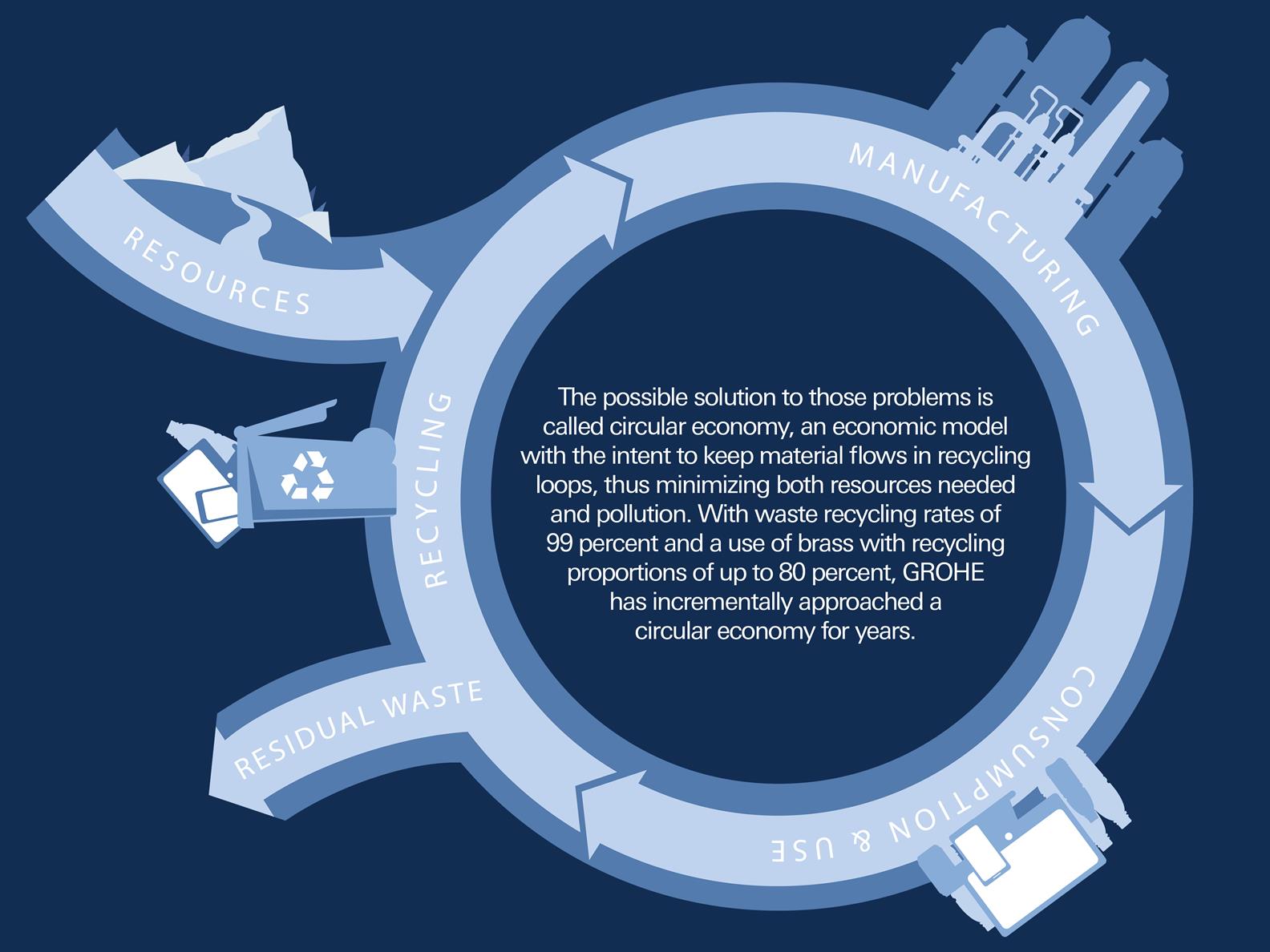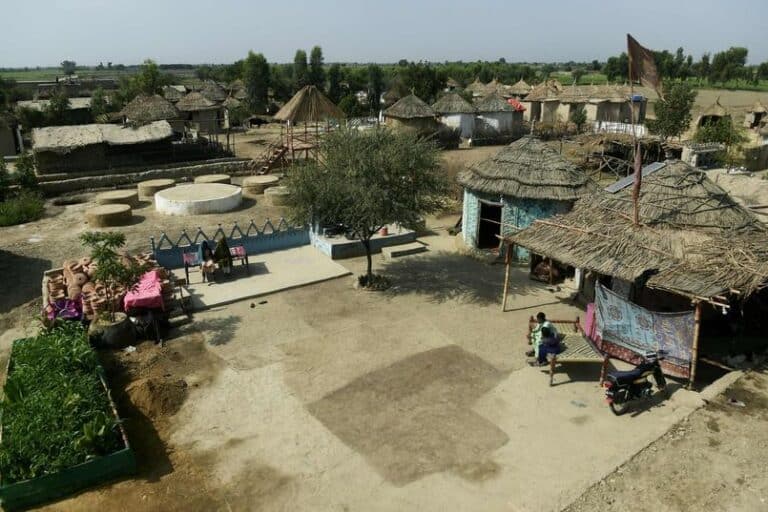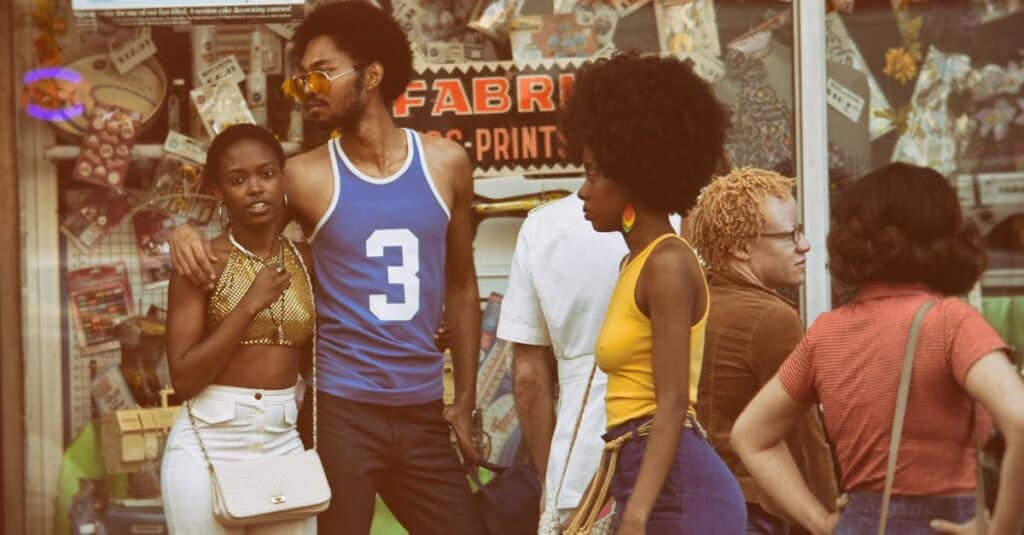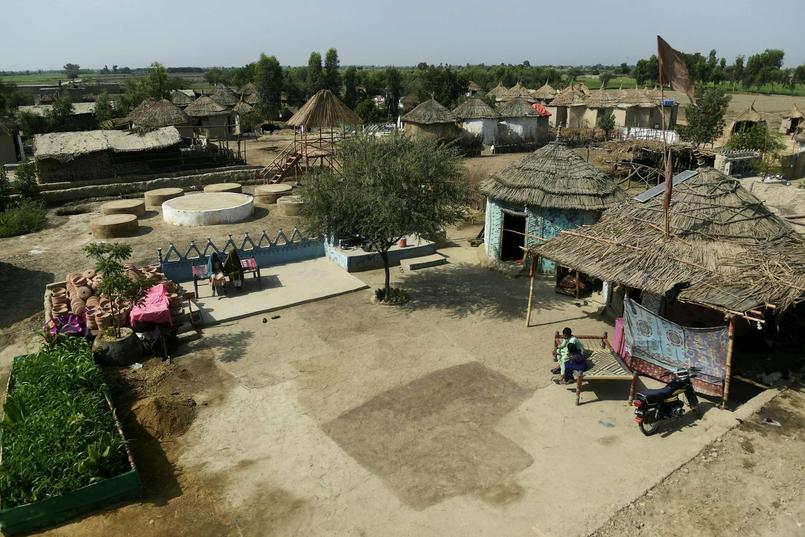William McDonough is an American architect and pioneer in the field of eco-design. With his partner Michael Braungart, he co-developed the model Cradle to Cradle, which offers an innovative approach to rethinking the product life cycle. Unlike traditional production practices, this concept advocates the idea of infinite creation and recycling, favoring the use of sustainable materials and minimizing environmental impact. McDonough aims to transform the way we design products by making them not only sustainable, but also beneficial for the environment, by integrating the idea ofcircular economy at every stage of the design process.
William McDonough, visionary architect and pioneer of the concept Cradle to Cradle (C2C), has opened new perspectives on eco-design. Its philosophy is based on the idea that every product can and should be designed not only to be functional, but also to contribute positively to the environment. With the model Cradle to Cradle, McDonough proposes a systemic approach where the materials used are considered as precious resources, which can be recycled indefinitely.
This vision requires a paradigm shift in the way we design and produce. Rather than focusing on reducing waste, McDonough calls for rethinking manufacturing from the start. Materials must be chosen for their durability and their ability to reintegrate into the environment. Through this, the C2C is not limited to a simple technique, it constitutes a new standard for a greener future.
McDonough emphasizes the importance of innovation and creativity in the design process. He chooses to see not the constraints, but the possibilities of a better world, where the circular economy takes precedence over waste. Thanks to his avant-garde ideas, McDonough redefines the contours of sustainability, thus inspiring a multitude of sectors to adopt this revolutionary model.
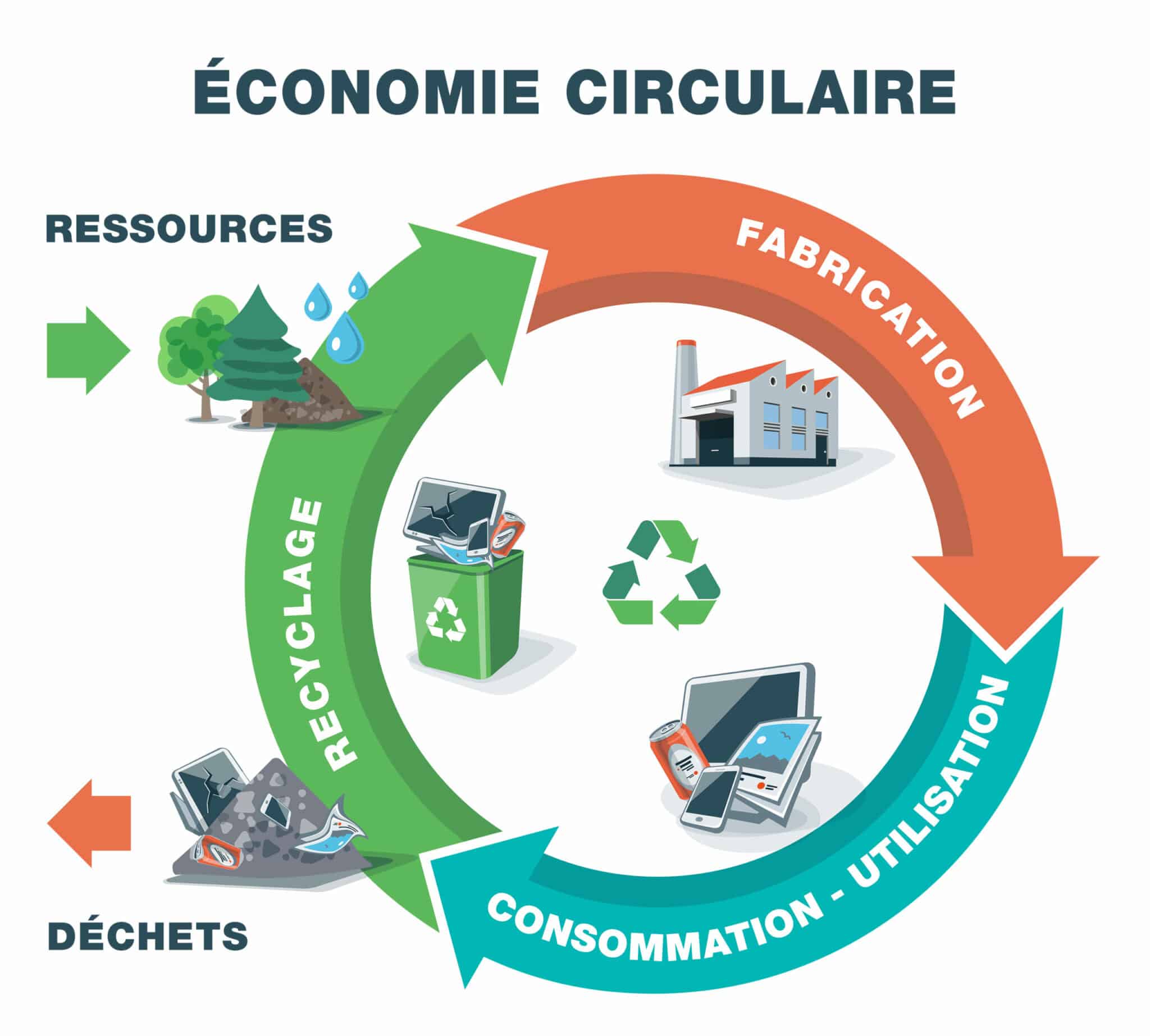
William McDonough, architect, designer and passionate advocate of eco-design, is one of the most influential visionaries in the field of sustainability. A native of New York State, he was educated at Yale University, where he earned a degree in architecture. Early on, McDonough became passionate about transforming the way we design and build our environment. His career took a decisive turn when he went to a seminar in Denmark in 1992, where he discovered the principles of ecological design which inspired him to create environmentally friendly solutions.
Co-author of the book “Cradle to Cradle: Remaking the Way We Make Things,” William McDonough, in collaboration with chemist Michael Braungart, offers a revolutionary vision of sustainable design. Together, they develop the model Cradle to Cradle (C2C), which advocates a circular approach in which products are designed to be reused infinitely without producing waste. This paradigm moves away from traditional perspectives often focused on reducing waste and minimizing environmental impacts. Instead, it encourages the creation of products that not only do not harm the environment, but also contribute to its regeneration.
The fundamental principle of the Cradle to Cradle model is the idea that the materials used in the manufacture of products must be completely safe and recyclable. McDonough emphasizes the importance of choosing sustainable materials which can be integrated into a closed life cycle. This way, products do not become waste at the end of their life, but rather resources for new products. The concept envisions a world where “waste” no longer exists, allowing for circular economy where sustainability is at the heart of every step of the design process.
Over the years, McDonough has worked with many companies and organizations to apply Cradle to Cradle principles to real-world projects. Notable accomplishments include creating the first Cradle to Cradle certified school in the United States and developing several sustainable products for well-known brands. He has also consulted for governments and cities, helping them reinvent their approach to urban planning by integrating ecological and sustainable practices.
McDonough is also a strong advocate of awareness to sustainability. His speeches and public interventions have profoundly influenced the perception of eco-design and helped to build a new generation of designers and architects. By rethinking the way we design, he has breathed new life into the idea that innovation can be synonymous with respect for the environment.
Beyond his design contributions, William McDonough embodies a holistic approach that links aesthetics, functionality and respect for the planet. Its vision for a more sustainable future, in which innovation is combined with energy efficiency and social responsibility, continues to inspire thousands of professionals and citizens around the world.
Cradle to Cradle Model FAQ
- What is the cradle to cradle model?
- The model cradle to cradle (C2C) is an eco-design approach that aims to create sustainable products and processes by optimizing the use of resources and minimizing waste.
- Who are the founders of the cradle to cradle concept?
- William McDonough and the German chemist Michael Braungart are the creators of this innovative vision of design which encourages a circular economy.
- What are the fundamental principles of cradle to cradle?
- The model is based on key principles, including the selection of sustainable materials, the effective use ofenergy and thewater, as well as the complete revaluation of products at the end of their life.
- How does the cradle to cradle model contribute to the environment?
- It promotes a real sustainability by transforming waste into resources, thereby avoiding pollution and environmental degradation.
- Does cradle to cradle have a certification process?
- Yes, the certification process cradle to cradle allows companies to demonstrate their commitment to sustainable practices and prove that their products meet established sustainability standards.
- How does cradle to cradle differ from traditional sustainability practices?
- Unlike traditional methods which often focus on reducing negative impacts, cradle to cradle seeks to design systems where there is no waste and each product contributes positively to the life cycle.
- What types of materials are favored in this model?
- Of the non-toxic materials, renewable and easily recyclable are preferred, allowing a continuous and beneficial circulation of resources.

